ERNEST TROVA
(AMERICAN, 1927–2009)
Falling Man/Study (Wrapped Manscape Figure), 1984
stainless steel (ed. 4/6)
57 1/2 x 10 3/4 x 22 1/4 inches
Laumeier Sculpture Park Collection, gift of Grace and Robert Brod
Ernest Trova is best known for his Falling Man series, which he worked on from 1964 until his death in 2009. Forged in the belief that “man is first of all an imperfect (or) fallen creature,” the Falling Man series encompassed everything from technical pride to man’s addiction to speed and the representation of the body without organs.
Falling Man/Study (Wrapped Manscape Figure), 1984 is wrapped from head to toe with a horizontal Falling Man. By dressing a large-scale Falling Man with the pattern of Falling Man itself, Trova is reinforcing self-identification and his view of man as “the center of all things.” The historical references in this piece extend from the Egyptian and Greek standing figure all the way to Renaissance statuary to pop and comic book action figures. This funerary style figurative statue remains firmly upright. Falling Man/Study is a high-tech mummy configured like a toy robot; its pose is that of the machine that no longer knows it is a living being, or vice-versa.
Ernest Trova’s gift of 40 artworks to St. Louis County in 1976 brought Laumeier Sculpture Park to life. Many of these works are displayed throughout the Park and the region, keeping Trova's legacy alive both at Laumeier and in the St. Louis community.
Sculpture Interaction Guideline: Look, But Do Not Touch
ARTIST BIOGRAPHY
Ernest Tino Trova was born in St. Louis in 1927. Best known for his signature series, Falling Man, he considered his entire output a single "work in progress.” Trova continued his ad hoc art education, seeking out painter Willem de Kooning and poet Ezra Pound, whose dual influences heavily impacted the young artist’s developing practice and philosophy. In the late 1960's and early 1970's, he was among the most widely acknowledged sculptors working in the United States, resulting in invitations to exhibit in three Whitney Annuals, three Venice Biennales and Documenta 4 (1968) in Kassel, Germany. Trova's work has been exhibited in dozens of major museums including the Museum of Modern Art, New York and the Walker Art Center, Minneapolis. Trova was represented by Pace Gallery, New York, from 1963 to 1985, which held his first solo exhibition in April 1963.
Visit etrova.org for more information.

